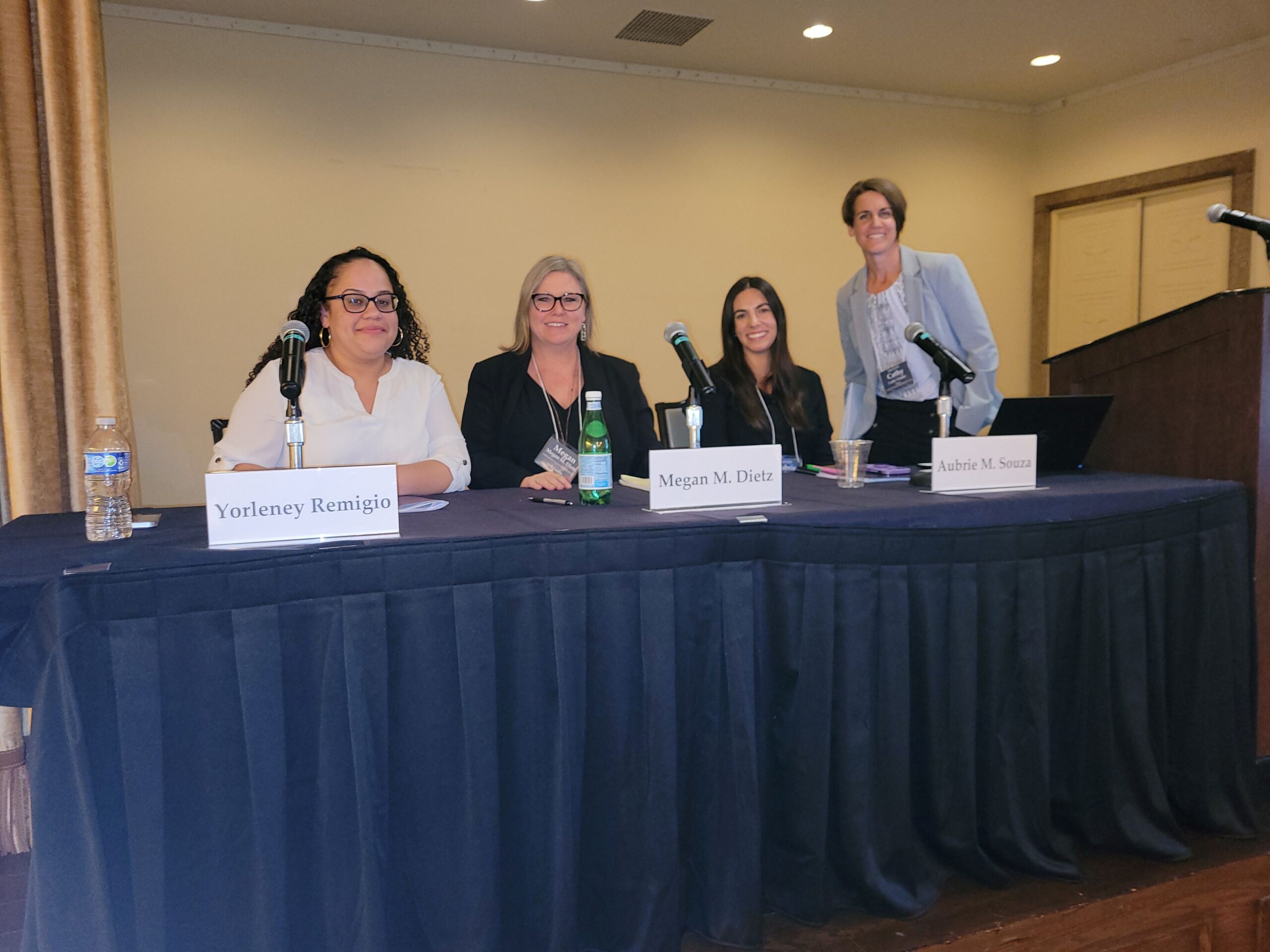For the first time ever, the City is making funding available to help Philadelphians who have cases in debt-collection court but lack legal representation (which is the situation for most debt defendants). The new funding will support one or more trained “navigators” whose job will be to help people understand court procedures, their legal rights, and their options for resolving their cases.
The program is likely to track many of the recommendations in a report produced this spring by the Center’s Access to Justice Clinic. In that report, A Navigator Program for Philadelphia’s Debt-Collection Court, Paulina Calistru, Dominique Hazel-Criss, and Joe’lyce Waiters documented the need for a navigator program and made proposals for its design.
Our work was only one of the factors that led to the City’s decision to find money for a navigator program. Community Legal Services and the Philadelphia Bar Association played leadership roles; the courts signaled their support; and we have Councilmember Rue Landau and colleagues to thank as well. We’re grateful to have had the opportunity to work with these partners.
Another team of students produced a report on a different, and seriously threatened, program of assistance to unrepresented litigants — this one in Family Court. That program, the Family Court Help Center, is a walk-in space in the Family Court building. Staffed by Philadelphia Legal Assistance (PLA), the Center offers information and help with forms to people dealing with child custody and divorce.
Although the Center has a great track record, it may be headed for closure this fall because of federal funding cuts. In Potential Futures for the Philadelphia Family Court Help Center, Jamal Connelly, Solan O’Malley and Nina Torres detailed a range of options for keeping the Center open in the absence of federal funds. Unfortunately, the City has declined to step in, so the future of the Center is still uncertain. We are hoping that a solution will be found.

